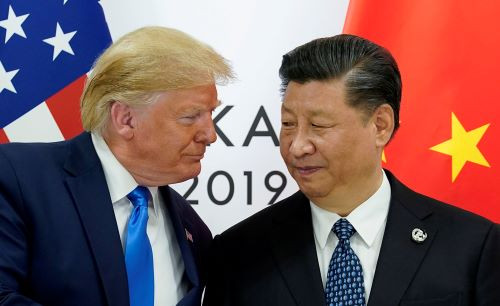Beijing is imposing draconian measures to bring the pandemic under control in China. The country is planning for an economic recovery sooner than anticipated as the nationwide shutdown caused a slowdown mid-February.
According to Chinese President Xi Jinping, the number of new domestically driven cases in China fell to zero last March 19, 2020. He also announced that the new cases were from individuals who traveled from abroad and found it safer to be in China than Europe.
At present, the economic damage of the pandemic to China remains severe. However, the report claimed that the country is at the prospects of recovery due to massive financial support from the government. It was also revealed that there is a need for increases in US demand for China goods to revive the country's productive capacity in the next weeks.
Economic indicators from January to February showed that the market is slower than anticipated. Every year, retail sales fell by 20.5 percent while industrial production fell by 13.5 percent. The yields were China's worst performance ever recorded.
Despite the adverse effects of the pandemic to the Chinese communities, the country still expects a growth rate of one to four percent this year although it is two percent less than its estimates for 2020. Analysts also downgraded their outlook for the Chinese economy and are considering a historic contraction as a guaranteed estimate for the first quarter.
According to Forbes, the values in the first months of 2020 with that of 2002 to 2003 when the country recovered from the SARS outbreak were different. The economic strategy imposed was V-shaped and China ended the crisis and found solutions to short-term losses by tapping into stronger consumer demand from Western countries. Relatively, China was also affected by the 2009 global financial crisis due to disrupted global production and supply networks. However, these sectors continued to function during those times.
China's debt crisis was also compared to the values of that period. It was shown that it is less likely to rely on expansionary monetary policies or credit-fueled support. The property industry was perceived to stimulate growth without the need for excessive financial support.
The report also showed that China's economy is slowly restarting and that major European and American companies are in their early stages of recovery. The US is establishing an economic response with unprecedented fiscal measures. It was then suggested that the pandemic would force a re-examination of the logic of the US administration's extensive use of tariffs in pressuring China to abide by the trade and investment reforms. It was claimed that China's fast economic recovery may stand as a firm example for US firms to consider and impose for faster make up of its financial troubles.






